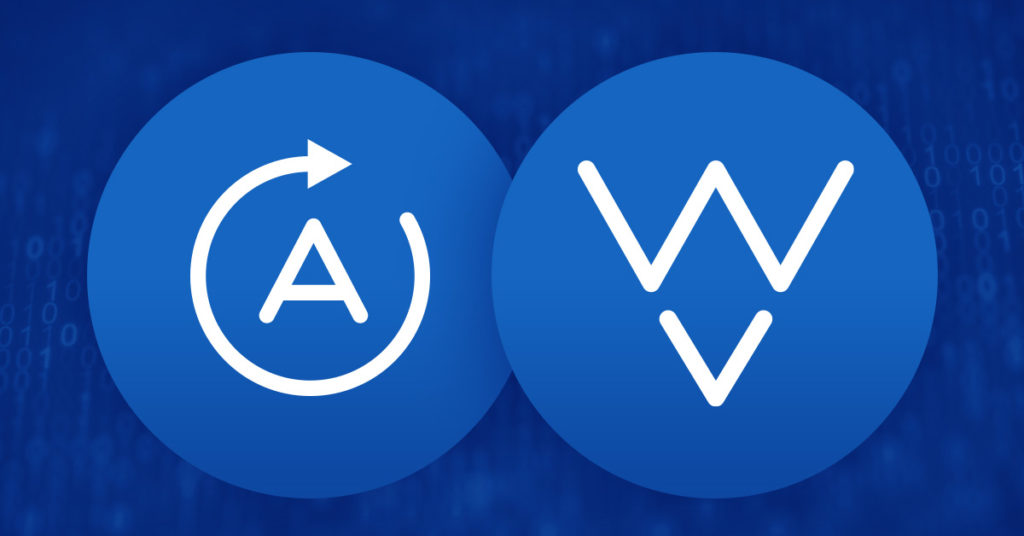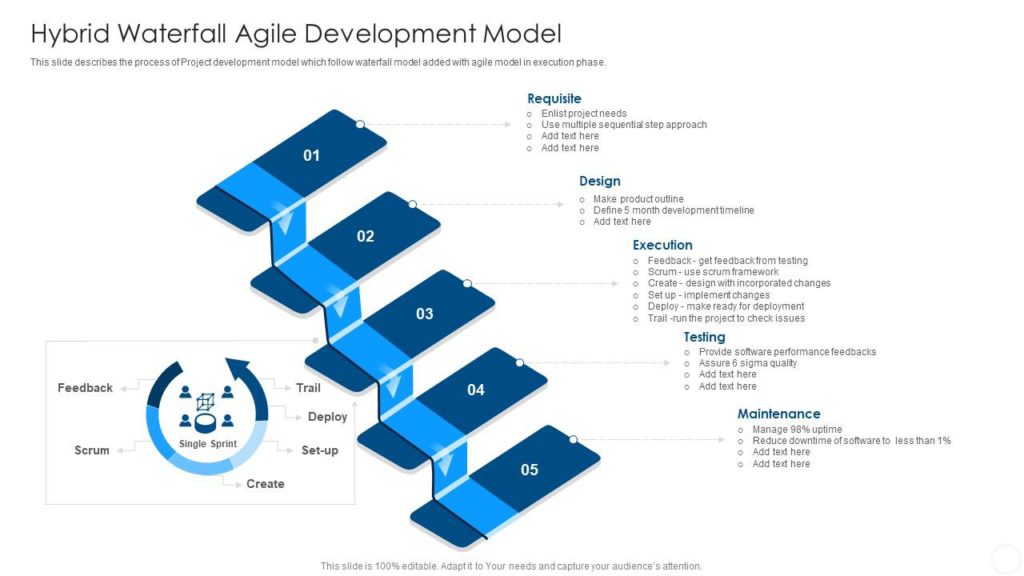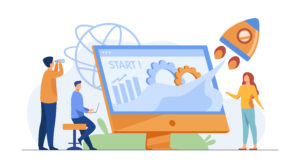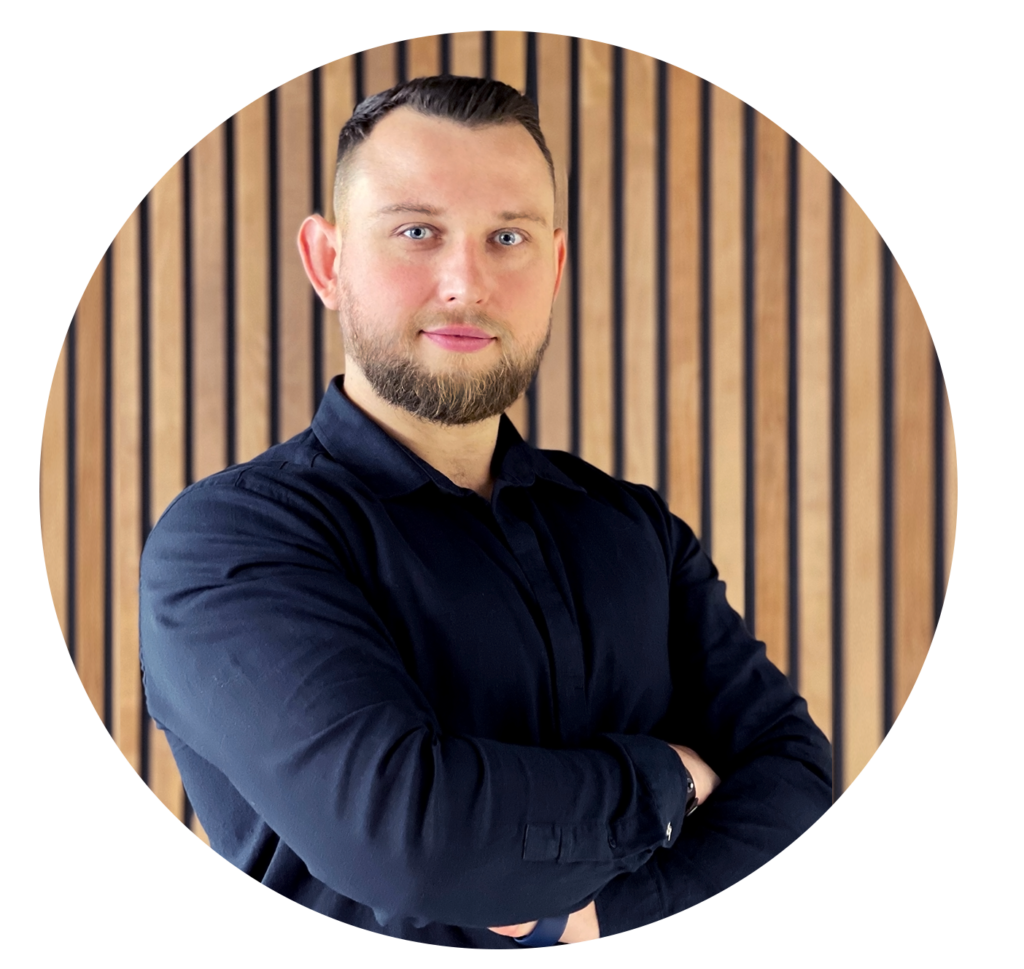Agile vs Waterfall
When it comes to software development, choosing the right methodology is crucial for success. The two most popular methodologies used in the Software Development Life Cycle (SDLC) are Waterfall and Agile. Let’s take a closer look at both of them and analyze their pros and cons to see which one might be better for your project.

- 17 March, 2023

When it comes to software development, choosing the right methodology is crucial for success. The two most popular methodologies used in the Software Development Life Cycle (SDLC) are Waterfall and Agile. Let’s take a closer look at both of them and analyze their pros and cons to see which one might be better for your project.
Waterfall: Highly Structured Yet Difficult to Change
Waterfall is a traditional approach to SDLC that follows a linear and sequential process. It is structured in phases where each phase is completed before moving on to the next. The five primary phases of Waterfall are requirements gathering, design, implementation, testing, and maintenance. One of the biggest advantages of Waterfall is that it’s highly structured, which makes it easy to manage and control. It’s perfect for projects with well-understood requirements, and it’s easier to estimate the timeline and budget.
However, Waterfall also has its downsides. Once a phase is completed, it’s difficult to make changes without going through a formal change management process. This means that it’s not suitable for projects with rapidly changing requirements or where feedback needs to be incorporated quickly. It can also be challenging to catch errors early on in the process, which can lead to costly changes down the line.
Some insights from our experience
Have you ever considered that Waterfall and Agile methodologies can also be combined to create a hybrid approach? For instance, if you have a project with well-understood requirements, but you anticipate some changes, you can use a Waterfall approach for the first few phases and then switch to Agile for the remaining phases. This hybrid approach can leverage the benefits of both methodologies and make the development process more effective and efficient.
Another insight to consider is that the success of a methodology depends not only on the project’s needs but also on the team’s skills and experience. A team that is experienced in Waterfall may struggle with Agile, and vice versa. Therefore, it’s essential to evaluate the team’s skills and determine which methodology they are most comfortable with before making a decision.
Agile: Flexibility vs. Control
On the other hand, Agile is a more iterative approach that focuses on collaboration and adaptability. Instead of following a linear process, Agile uses an incremental approach where the project is broken down into smaller cycles or sprints. Each sprint aims to deliver a working software increment, and each sprint builds on the previous one. One of the biggest advantages of Agile is that it’s flexible and adaptable. It allows teams to respond to changes and incorporate feedback quickly.

However, Agile can also be challenging to manage and control since it doesn’t have the same level of structure as Waterfall. It’s also harder to estimate the timeline and budget since the requirements are not fully understood at the beginning of the project. This means that Agile is better suited for projects with rapidly changing requirements or where the requirements are not well-defined.
It All Depends on Your Project's Needs
In conclusion, neither methodology is inherently better than the other. It all depends on the project’s scope, budget, and timeline. Waterfall is best suited for projects with well-understood requirements and where changes are minimal. Agile is best suited for projects with rapidly changing requirements or where the requirements are not fully understood. Understanding the pros and cons of both methodologies can help you choose the right approach for your project and set you up for success.
Related Posts

How to Craft Your Startup’s Business Plan?

Turn The Idea into Million-Dollar Startup

MVP: Why It’s Crucial for Startup Success?
Have a project you would like to talk about?
info@codegeeks.solutions
108 Stryjska St, Lviv, Ukraine
+38 (093) 234 34 76






